I like to compare biological inoculants to seeds. When we want a specific function from a cover crop, we plant those specific seeds (legumes/nitrogen fixing crops are the first to come to mind). We can wait for Nature to do this, but from Nature’s perspective the Holocene (the recent) is the last 10,000 years. Waiting for the environment to change (environment dictates expression), to allow specific seeds to germinate from the seed bank can take hundreds, if not thousands, of years. Farmers do not have the time to wait for that to happen. So how do we speed that up?
Scientists have been studying microbes since the invention of the microscope (thank you Antoni van Leeuwenhoek of the 1600’s) with the first patent for rhizobia going back to the late 1800’s! Inoculation with rhizobia became commonplace in the 1930’s and mycorrhizal fungi proof goes back to 1957. Unfortunately, “modern” agriculture (read as chemical intensive) steered farmers and agriculture in a vastly different direction, just as these biological concepts were really taking shape.
In this episode of the podcast, we look back at the history/foundation of beneficial biologicals in agriculture. We will discuss the importance of going back to what Nature has provided for us/our crops and the health/quality that these “antiquated” practices can provide, as well as the incredible speed at which implementation can bring benefits and build soil from the plant out.
